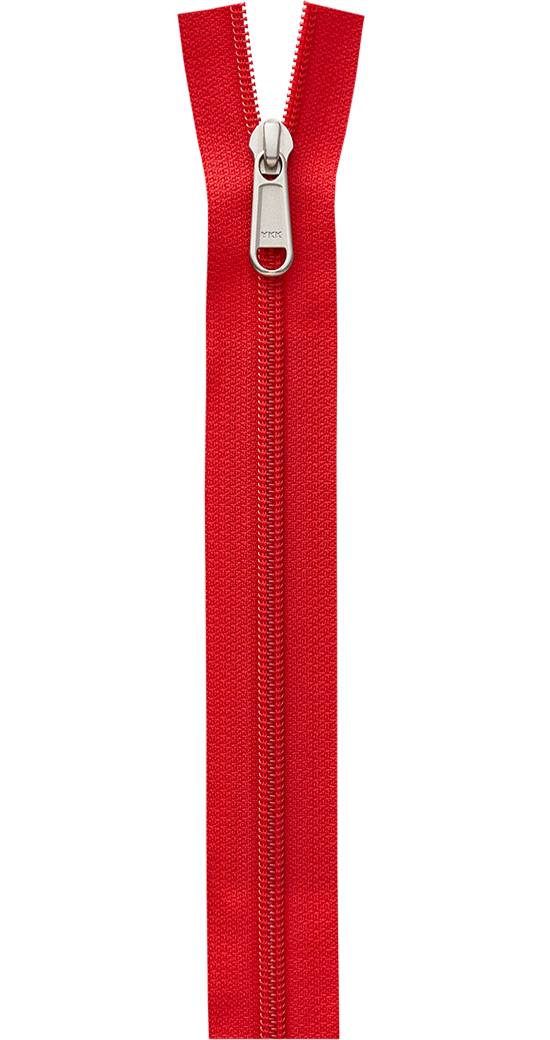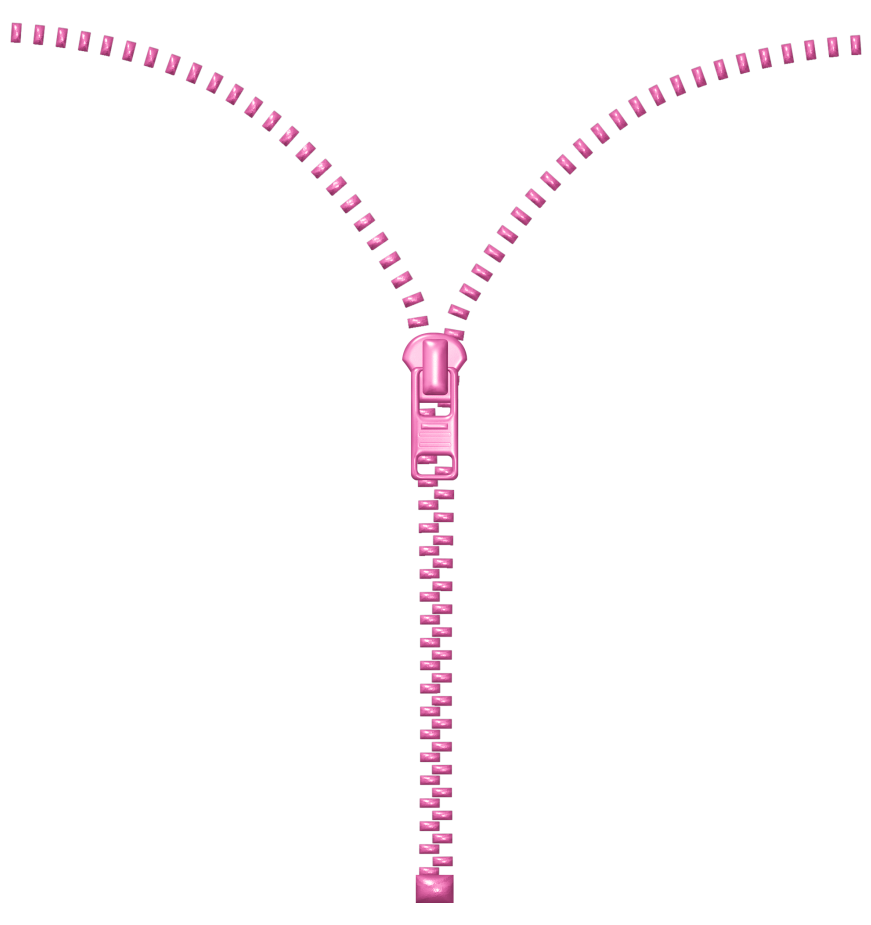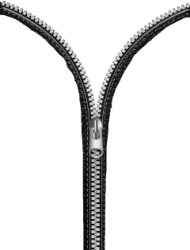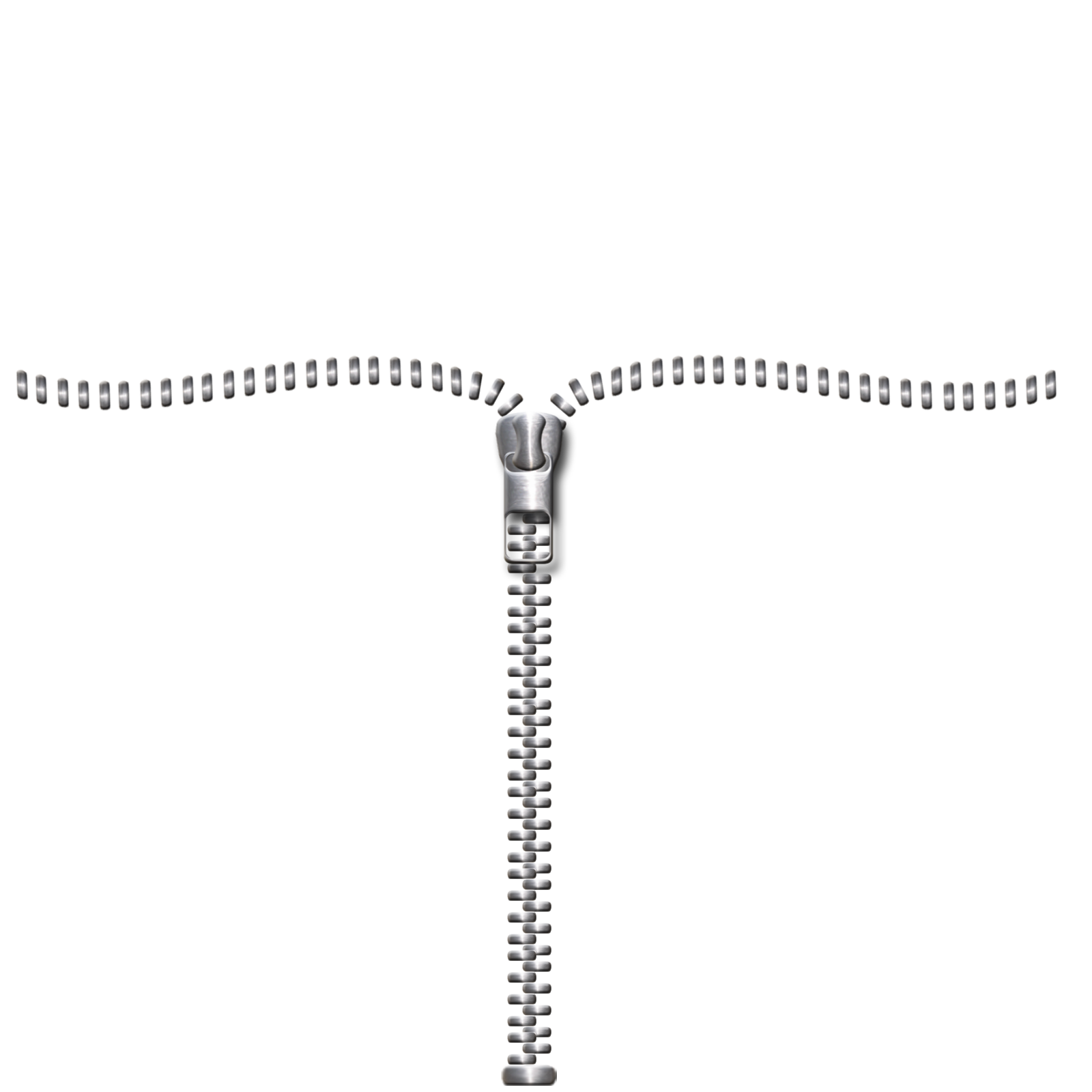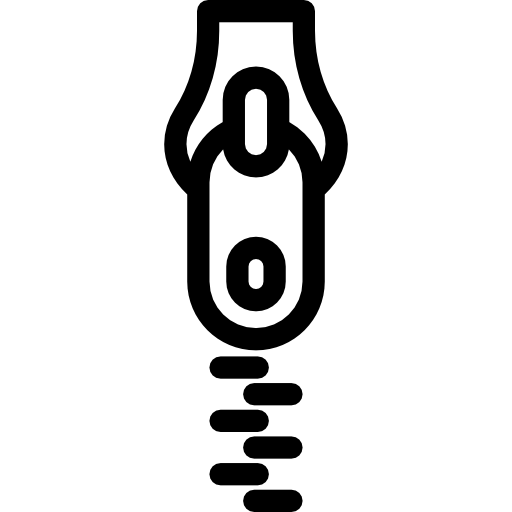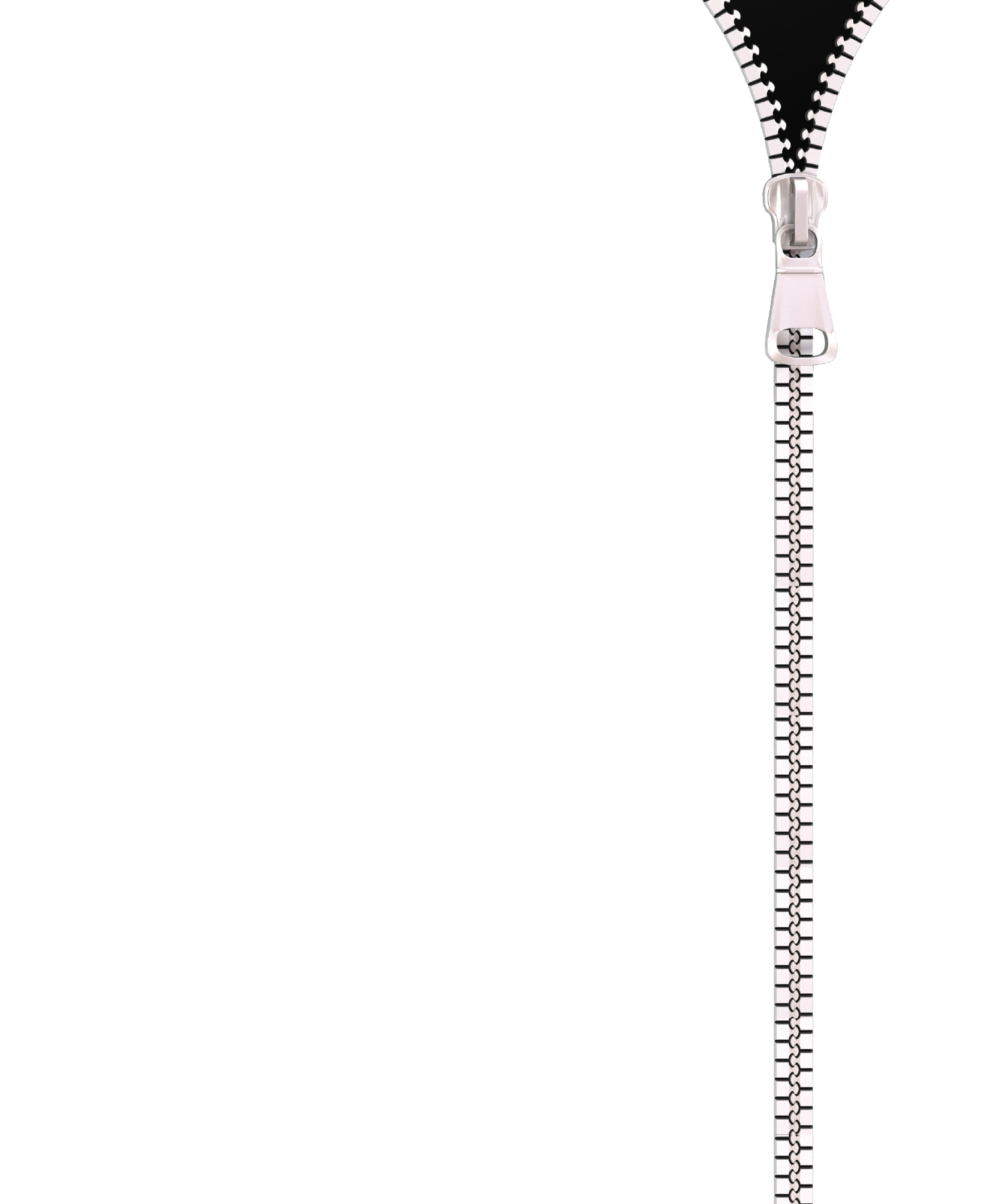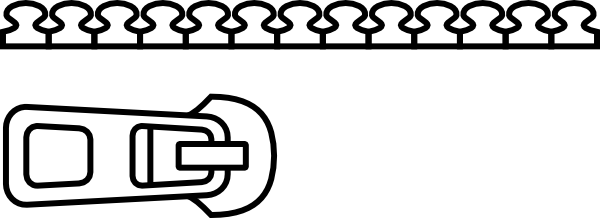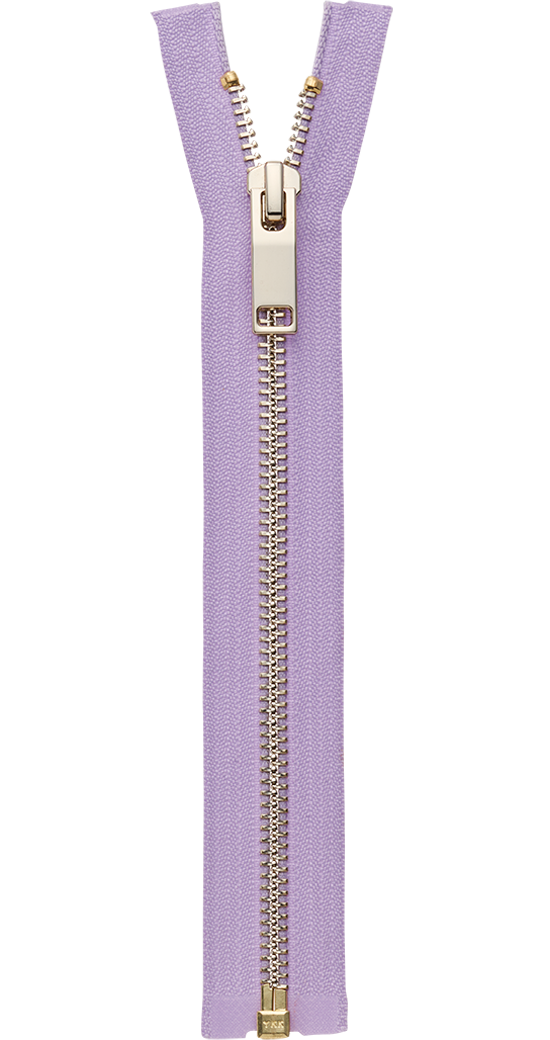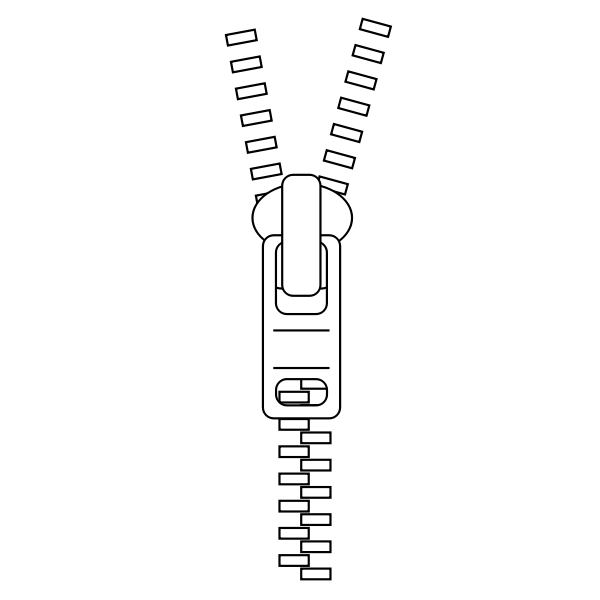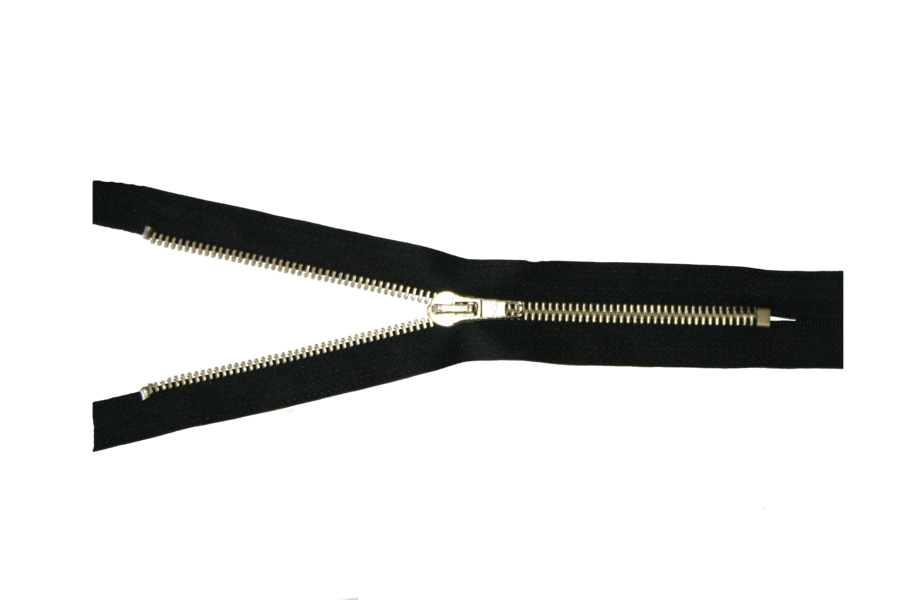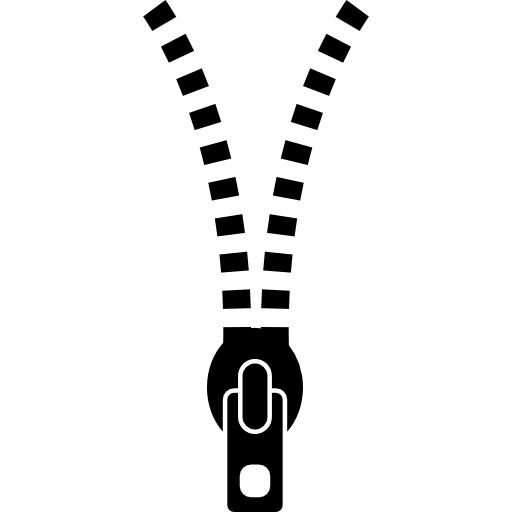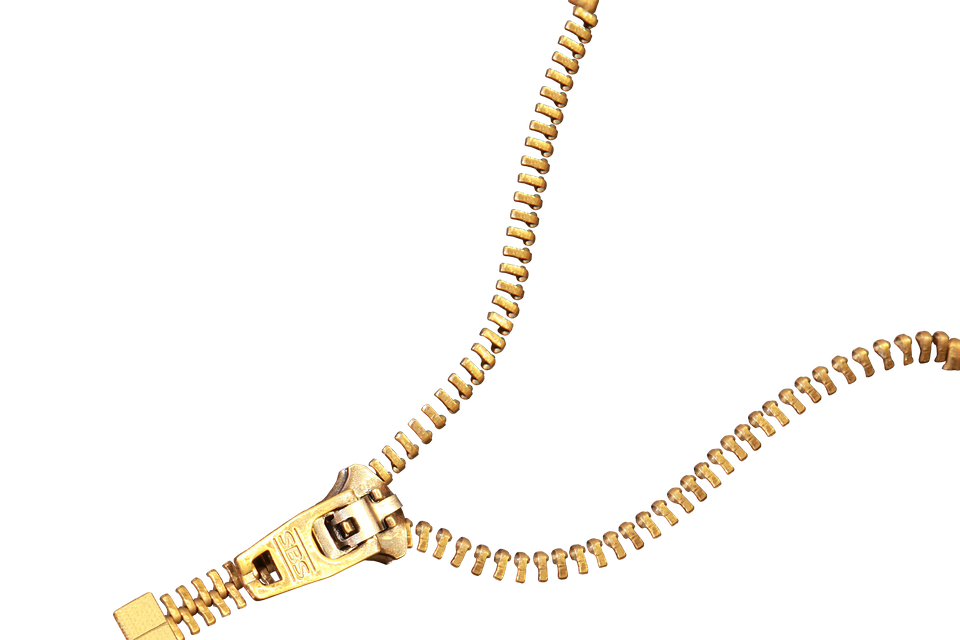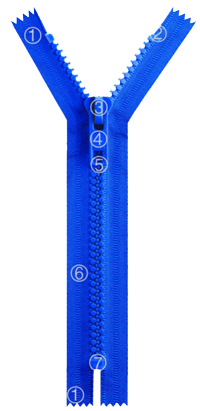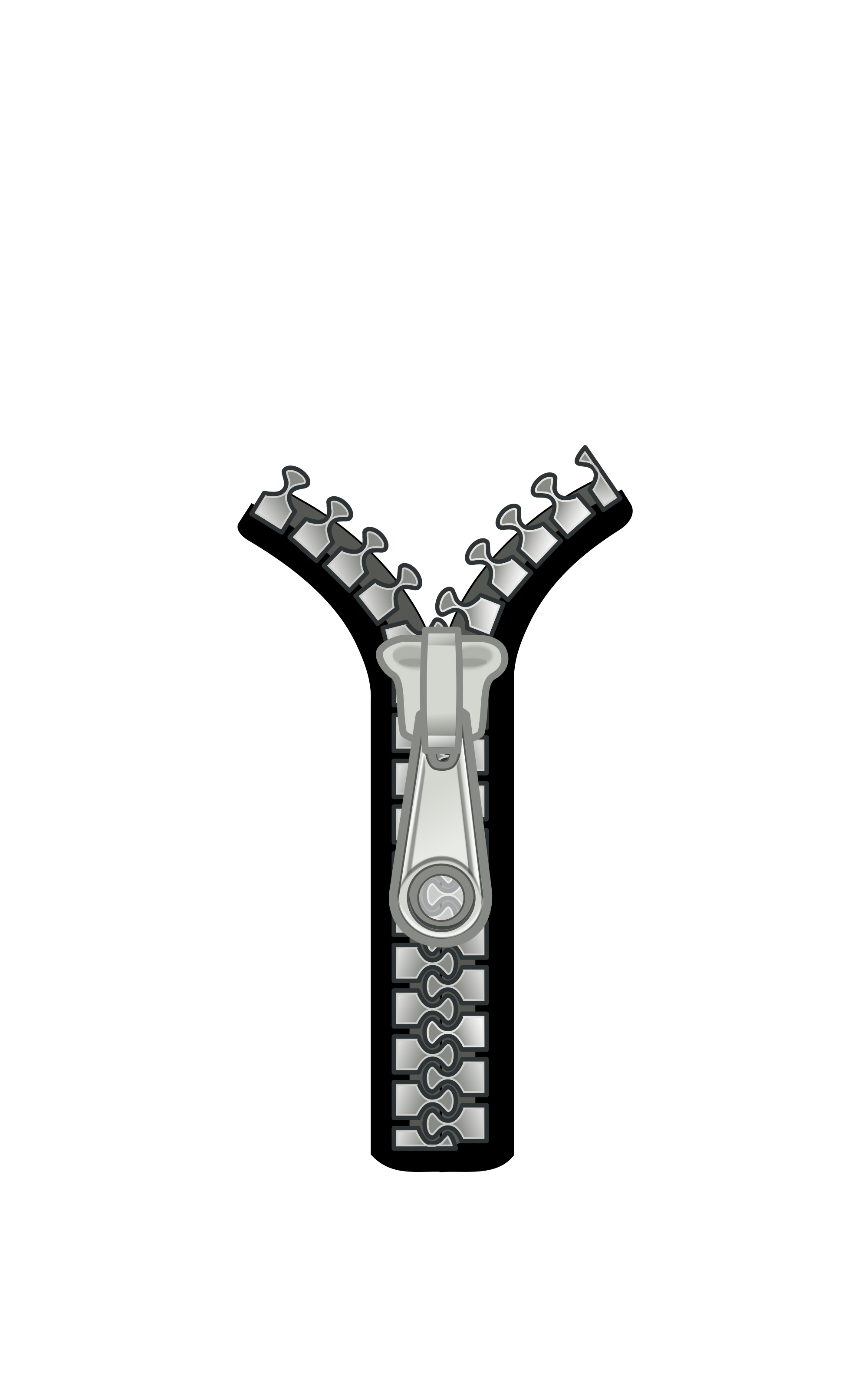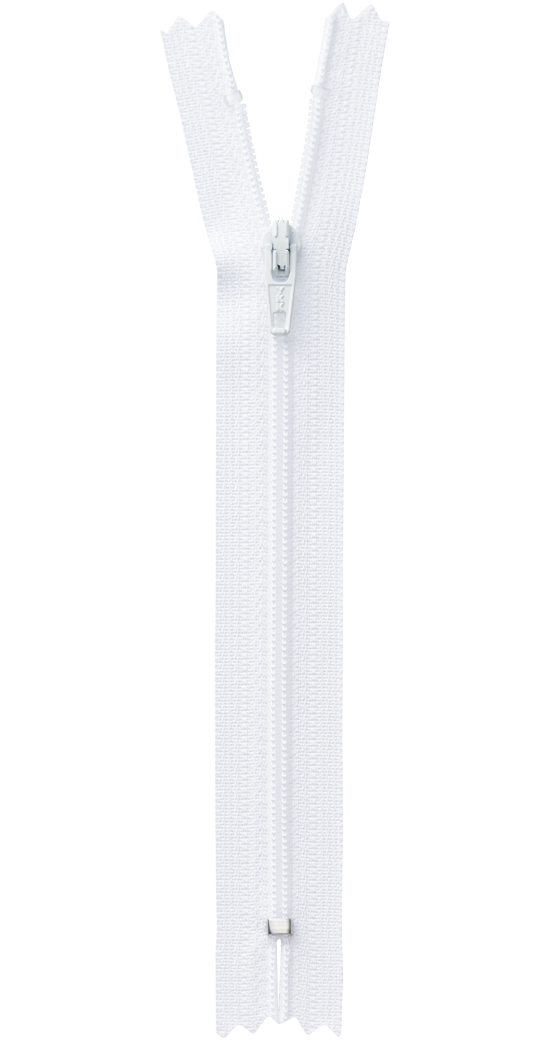Download top and best high-quality free Zipper PNG Transparent Images backgrounds available in various sizes. To view the full PNG size resolution click on any of the below image thumbnail.
License Info: Creative Commons 4.0 BY-NC
Whether it’s on your clothing, bags, or shoes, zippers are an essential component of our lives. It allows us to open and close our belongings securely and smoothly. But have you ever wondered about its history, how it works, different types, and maintenance? In this article, we’ll dive into everything you need to know about a zipper.
The History of the Zipper
In the late 19th century, a Chicagoan named Whitcomb Judson invented the first “clasp-locker,” which used hooks and eyes to fasten shoes. In 1913, Gideon Sundback improved the design by introducing the interlocking teeth that we associate with a zipper today.
Sundback’s design eventually became popular in the fashion industry and was officially patented in 1917. Still, it wasn’t until the 1930s that zippers were widely used in clothing, thanks to the introduction of nylon zippers which were more reliable and resistant to corrosion and everyday wear and tear.
How a Zipper Works
A zipper consists of two rows of teeth that interlock with the help of a slider. When you pull the zipper slider up or down, it moves the interlocking teeth, creating an opening or closing mechanism.
The slider consists of a pull tab and locking mechanism that secures the position of the teeth. The pull tab is usually made of metal or plastic and attached to a metal bridge that joins both sides of the zipper. When you pull the slider up or down, the metal bridge applies pressure to the locking mechanism, enabling the opening and closing action to occur.
Types of Zippers
Zippers come in different types, each designed for a specific purpose. They include:
- Coil Zippers: The most common type of zipper, coil zippers consist of polyester or nylon coil chain. They are durable, flexible, and suitable for lightweight fabrics like dresses, sweaters, and skirts.
- Invisible Zippers: As the name suggests, these zippers are invisible when sewn into fabric, as only the pull tab is visible. The teeth are placed behind the fabric, making it an ideal choice for formal wear, dresses, and skirts.
- Metal Zippers: These zippers have a metal chain, making them more durable and suitable for heavier fabrics like denim, jackets, and bags. They come in brass, nickel, and antique metal finishes.
- Plastic Moulded Zippers: Molded zippers consist of plastic teeth attached to a fabric tape. They are lightweight, versatile, and suitable for luggage, backpacks, and home décor items.
Zippers Maintenance
To ensure your zippers remain in good condition, consider the following maintenance tips:
- Periodically lubricate the zipper with wax or silicone spray to keep it running smoothly.
- Avoid overstuffing your bags or jackets, which can cause unnecessary strain on the zippers.
- When washing clothes, zip up the zippers to prevent them from getting caught in other fabrics.
- When storing bags or jackets, ensure that you zip them up to prevent dirt and dust from entering the fabric and teeth.
- If you notice that your zipper teeth are misaligned, use a pair of pliers to gently realign them.
Final thoughts
Zippers make our daily lives easier, and it’s easy to take them for granted. Having an understanding of how zippers work, their history, types, and maintenance can help extend the life of your clothing, bags, and shoes. So, next time you zip up your jacket, take a moment to appreciate the humble yet essential zipper.
Download Zipper PNG images transparent gallery
- Zipper PNG Picture
Resolution: 693 × 672
Size: 445 KB
Image Format: .png
Download
- Zipper PNG
Resolution: 550 × 1040
Size: 426 KB
Image Format: .png
Download
- Zipper Transparent
Resolution: 871 × 925
Size: 88 KB
Image Format: .png
Download
- Zipper
Resolution: 190 × 250
Size: 27 KB
Image Format: .png
Download
- Zipper Background PNG
Resolution: 1600 × 1600
Size: 292 KB
Image Format: .png
Download
- Zipper No Background
Resolution: 512 × 512
Size: 8 KB
Image Format: .png
Download
- Zipper PNG Clipart
Resolution: 1472 × 1800
Size: 286 KB
Image Format: .png
Download
- Zipper PNG Cutout
Resolution: 600 × 218
Size: 18 KB
Image Format: .png
Download
- Zipper PNG File
Resolution: 550 × 1040
Size: 413 KB
Image Format: .png
Download
- Zipper PNG Free Image
Resolution: 600 × 600
Size: 18 KB
Image Format: .png
Download
- Zipper PNG HD Image
Resolution: 512 × 512
Size: 10 KB
Image Format: .png
Download
- Zipper PNG Image File
Resolution: 900 × 600
Size: 180 KB
Image Format: .png
Download
- Zipper PNG Image HD
Resolution: 512 × 512
Size: 7 KB
Image Format: .png
Download
- Zipper PNG Image
Resolution: 960 × 640
Size: 179 KB
Image Format: .png
Download
- Zipper PNG Images HD
Resolution: 512 × 512
Size: 11 KB
Image Format: .png
Download
- Zipper PNG Images
Resolution: 200 × 200
Size: 5 KB
Image Format: .png
Download
- Zipper PNG Photo
Resolution: 200 × 411
Size: 68 KB
Image Format: .png
Download
- Zipper PNG Photos
Resolution: 2000 × 3192
Size: 333 KB
Image Format: .png
Download
- Zipper PNG Pic
Resolution: 550 × 1040
Size: 264 KB
Image Format: .png
Download

